To celebrate Diversity Awareness Month this year, we decided to craft a paper doll which you can customize and dress up with different costumes from all over the world. Of course the list is not finished and we have missed many beautiful cultures, but we have to start somewhere and we hope you enjoy dressing your dolls as much as we did.
Today we'll focus on the traditional dress of people from Mexico.
Traje de Tehuana
This costume, often called Traje de Tehuana (literally meaning: costume used by women from Tehuantepec) is used by the Zapotec people living in a region in Mexico called Istmo de Tehuantepec (which in the Zapotec native language means "jaguar hill"), located in the state of Oaxaca, Mexico. The costume is one of the most well-known of the many Mexican indigenous costumes out there.
The woman's dress consists of two main pieces: a short huipil, which is the top, and the skirt, which has a lower white lace finish called enagua. Both the huipil and the skirt are often made from black velvet and heavily embroidered with bright colourful flower motifs. Sometimes, women use a second, white huipil made of lace for special occasions, which frames the face then extends over the head covering the neck and shoulders. This is called huipil de tapar (covering huipil) and has two uses: religious and festive. When it is placed behind the head, is used in weddings and traditional folkloric dances. When it is almost over the face is for mass and funerals.
In fact, the huipil has been worn by indigenous women of Mexico and Central America since well before the arrival of the Spanish. It remains the most common female indigenous garment still in use, in many other Mexican states and the Mayans in Guatemala. When a woman puts on a huipil, especially a ceremonial or very traditional one, it is a kind of ritual. She becomes the centre of a symbolic world as her head passes through the neck opening. With her arms, she forms a cross and is surrounded by myth as between heaven and the underworld.
To finish the look, women use a headdress that contains flowers and ribbon intertwined with the hair in braids that surround the head above. In the front part of the headdress it is traditional to use a golden coin to finish the décor.
Among the many indigenous traditions of the Zapotec people there is a wedding called Mediu Xhinga. Mediu means "royal currency value", and xhinga means "gourd". Following the music, bride and groom received a cooperacion from their guests: being seated down in the centre with the traditional gourd from the istmo (jicalpextle), which is used to collect money offered by the guests. In return, they received a pitcher made from black clay and decorated with bright colourful flowers. Once the music finishes, all the pitchers are smashed on the ground, which is believed to bring blessings and abundance to the couple.
The male costume is way simpler and it consists of a long-sleeved white shirt called guayabera, black trousers, a paliacate or red bandana, black shoes and a sombrero.
Download, print and colour in your own paper dolls wearing Tehuantepec costumes using the templates below!
More about Mexico
Mexican costumes
Try the books below to find more information about Mexican costumes. You can also try checking out some travel guides for Mexico as they usually have a chapter on traditional clothing.
Titles about Mexico
Learn more about Mexican history and culture
For kids: Books about traditional dress in different cultures
Try some of these books to explore the diverse world of clothing.
More books for kids about clothing and dress
Mayra Montalvo
Linwood Library




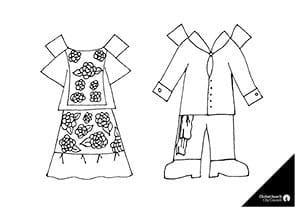

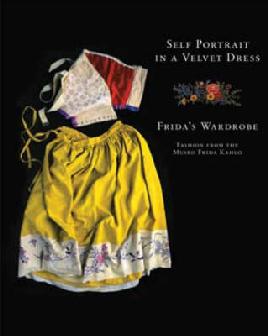

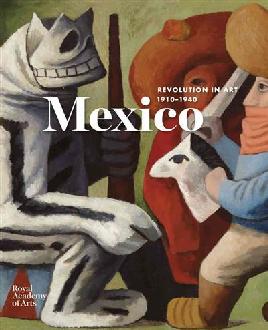







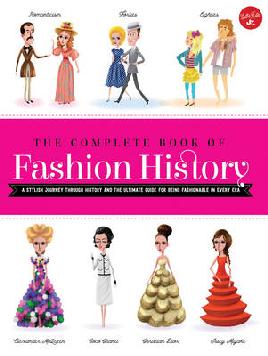





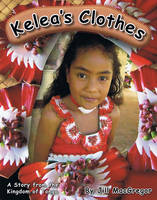

Add a comment to: Diversity Awareness Month paper doll craft: Mexico